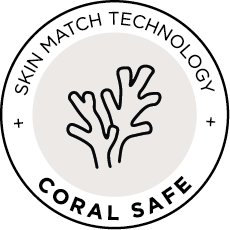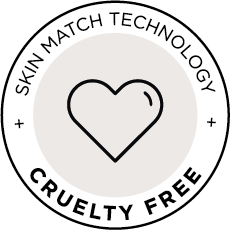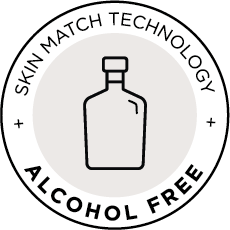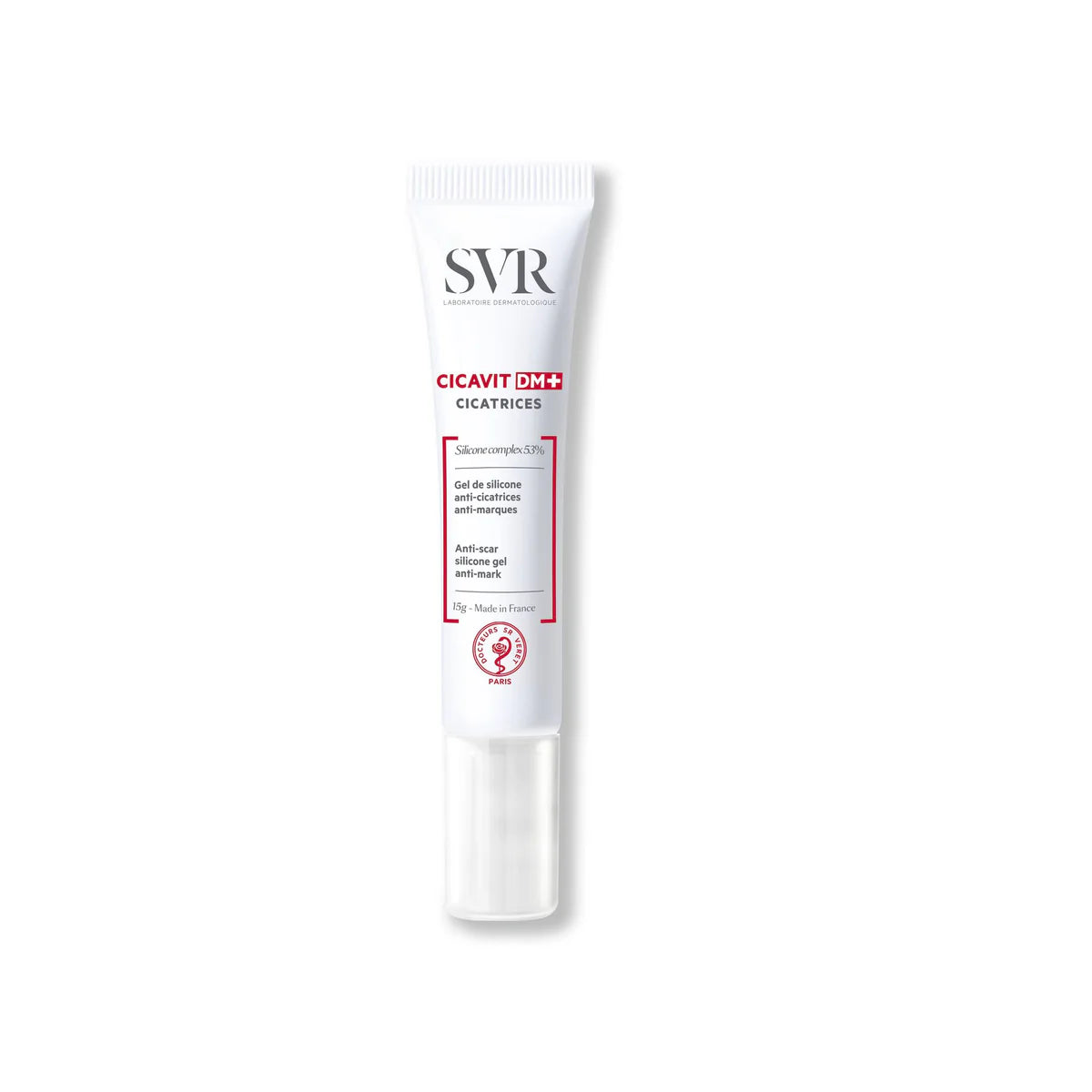Cicavit+ DM Cicatrices
Cicavit+ DM Cicatrices is backordered and will ship as soon as it is back in stock.



- Nut-Free
- Ammonia-Free
Couldn't load pickup availability
INCI
INCI
DIMETHICONE
All information below describes only this specific ingredient and its possible effects, utilities and sources. Usage and effect of the ingredient may differ per formulation of each product.
- Synthetically created
- Can have the following uses in cosmetics: Antifoaming, Emollient, Skin Conditioning, Skin Protecting
- Helps soften and moisturize the skin and can decrease itching and flaking.
- Can cause reactions to sensitive skin.
- Can have a moisturizing/hydrating effect on your skin.
- Can have a softening effect.
- Can have a soothing effect.
- Is a silicone, which are used for texture, shine and hold.
- Is a siloxane, a class of liquid silicones.
GLYCERIN
All information below describes only this specific ingredient and its possible effects, utilities and sources. Usage and effect of the ingredient may differ per formulation of each product.
- Can have different sources. (Animal derivative, Synthetic, Botanical, Palm oil)
- Can have the following uses in cosmetics: Denaturant, Hair Conditioning, Humectant, Oral Care, Perfuming, Skin Conditioning, Skin Protecting, Solvent, Viscosity Controlling
- Can be used as a perfuming ingredient.
- Can have a moisturizing/hydrating effect on your skin.
- Can have a softening effect.
- Can have a soothing effect.
AQUA
Water
All information below describes only this specific ingredient and its possible effects, utilities and sources. Usage and effect of the ingredient may differ per formulation of each product.
- Sourced from a naturally occuring source
- Can have the following uses in cosmetics: Solvent
- Can have a moisturizing/hydrating effect on your skin.
DIMETHICONE CROSSPOLYMER
All information below describes only this specific ingredient and its possible effects, utilities and sources. Usage and effect of the ingredient may differ per formulation of each product.
- Synthetically created
- Can have the following uses in cosmetics: Emulsion Stabilising, Hair Fixing, Viscosity Controlling
- Used as an emulsifier to homogeneously mix ingredients.
- Is a silicone, which are used for texture, shine and hold.
- Is a siloxane, a class of liquid silicones.
C30-45 ALKYLDIMETHYLSILYL POLYPROPYLSILSESQUIOXANE
All information below describes only this specific ingredient and its possible effects, utilities and sources. Usage and effect of the ingredient may differ per formulation of each product.
- Synthetically created
- Can have the following uses in cosmetics: Film Forming
- Is a silicone, which are used for texture, shine and hold.
- Is a siloxane, a class of liquid silicones.
POLYESTER-7
All information below describes only this specific ingredient and its possible effects, utilities and sources. Usage and effect of the ingredient may differ per formulation of each product.
- Synthetically created
- Can have the following uses in cosmetics: Film Forming, Skin Conditioning, Viscosity Controlling
- Can have a moisturizing/hydrating effect on your skin.
- Can have a softening effect.
- Can have a soothing effect.
TRIMETHYLSILOXYSILICATE
All information below describes only this specific ingredient and its possible effects, utilities and sources. Usage and effect of the ingredient may differ per formulation of each product.
- Synthetically created
- Can have the following uses in cosmetics: Antifoaming, Emollient, Skin Conditioning
- Helps soften and moisturize the skin and can decrease itching and flaking.
- Can have a moisturizing/hydrating effect on your skin.
- Can have a softening effect.
- Can have a soothing effect.
NEOPENTYL GLYCOL DIHEPTANOATE
All information below describes only this specific ingredient and its possible effects, utilities and sources. Usage and effect of the ingredient may differ per formulation of each product.
- Synthetically created
- Can have the following uses in cosmetics: Emollient, Skin Conditioning
- Helps soften and moisturize the skin and can decrease itching and flaking.
- Can have a moisturizing/hydrating effect on your skin.
- Can have a softening effect.
- Can have a soothing effect.
PENTYLENE GLYCOL
All information below describes only this specific ingredient and its possible effects, utilities and sources. Usage and effect of the ingredient may differ per formulation of each product.
- Synthetically created
- Can have the following uses in cosmetics: Skin Conditioning, Solvent
- Can have a moisturizing/hydrating effect on your skin.
- Can have a softening effect.
- Can have a soothing effect.
POLYSORBATE 80
All information below describes only this specific ingredient and its possible effects, utilities and sources. Usage and effect of the ingredient may differ per formulation of each product.
- Can have different sources. (Synthetic, Botanical)
- Can have the following uses in cosmetics: Denaturant, Emulsifying, Surfactant
- Used as an emulsifier to homogeneously mix ingredients.
- A wash-active substances that is of great importance for cleaning the skin and hair.
SODIUM ACRYLATE/SODIUM ACRYLOYLDIMETHYL TAURATE COPOLYMER
All information below describes only this specific ingredient and its possible effects, utilities and sources. Usage and effect of the ingredient may differ per formulation of each product.
- Synthetically created
- Can have the following uses in cosmetics: Anticaking, Emulsion Stabilising, Film Forming, Opacifying, Viscosity Controlling
- Used as an emulsifier to homogeneously mix ingredients.
- Is commonly declared a micro plastic.
SORBITAN OLEATE
All information below describes only this specific ingredient and its possible effects, utilities and sources. Usage and effect of the ingredient may differ per formulation of each product.
- Can have different sources. (Animal derivative, Synthetic, Botanical)
- Can have the following uses in cosmetics: Emulsifying
- Used as an emulsifier to homogeneously mix ingredients.
ALPHA-GLUCAN OLIGOSACCHARIDE
All information below describes only this specific ingredient and its possible effects, utilities and sources. Usage and effect of the ingredient may differ per formulation of each product.
- Sourced from plants
- Can have the following uses in cosmetics: Cleansing, Skin Conditioning, Smooting
- Can have a moisturizing/hydrating effect on your skin.
- Can have a softening effect.
- Can have a soothing effect.
CAFFEYL GLUCOSIDE
All information below describes only this specific ingredient and its possible effects, utilities and sources. Usage and effect of the ingredient may differ per formulation of each product.
- Can have different sources. (Synthetic, Botanical)
- Can have the following uses in cosmetics: Antioxidant, Skin Conditioning
- Reduces free radical damage via its antioxidant properties.
- Can have a moisturizing/hydrating effect on your skin.
- Can have a softening effect.
DISODIUM ACETYL GLUCOSAMINE PHOSPHATE
All information below describes only this specific ingredient and its possible effects, utilities and sources. Usage and effect of the ingredient may differ per formulation of each product.
- Can have different sources. (Synthetic, Botanical)
- Can have the following uses in cosmetics: Skin Conditioning
- Can have a moisturizing/hydrating effect on your skin.
- Can have a softening effect.
- Can have a soothing effect.
GLUCOSE
All information below describes only this specific ingredient and its possible effects, utilities and sources. Usage and effect of the ingredient may differ per formulation of each product.
- Sourced from plants
- Can have the following uses in cosmetics: Humectant
- Can have a moisturizing/hydrating effect on your skin.
RHAMNOSE
All information below describes only this specific ingredient and its possible effects, utilities and sources. Usage and effect of the ingredient may differ per formulation of each product.
- Sourced from plants
- Can have the following uses in cosmetics: Humectant, Masking
- Can have a moisturizing/hydrating effect on your skin.
1,2-HEXANEDIOL
All information below describes only this specific ingredient and its possible effects, utilities and sources. Usage and effect of the ingredient may differ per formulation of each product.
- Can have different sources. (Synthetic, Botanical)
- Can have the following uses in cosmetics: Skin Conditioning, Solvent
- Can have a moisturizing/hydrating effect on your skin.
- Can have a softening effect.
- Can have a soothing effect.
CAPRYLYL GLYCOL
All information below describes only this specific ingredient and its possible effects, utilities and sources. Usage and effect of the ingredient may differ per formulation of each product.
- Can have different sources. (Synthetic, Botanical)
- Can have the following uses in cosmetics: Deodorant, Emollient, Hair Conditioning, Skin Conditioning
- Helps soften and moisturize the skin and can decrease itching and flaking.
- Can have a moisturizing/hydrating effect on your skin.
- Can have a softening effect.
- Can have a soothing effect.
CITRIC ACID
All information below describes only this specific ingredient and its possible effects, utilities and sources. Usage and effect of the ingredient may differ per formulation of each product.
- Can have different sources. (Synthetic, Botanical, Bacteria)
- Can have the following uses in cosmetics: Buffering, Chelating, Masking
- Can have an anti-acne effect.
- Is a alpha hydroxy acid (AHA), which can reduce discoloration, roughness and wrinkling.
GLUCURONIC ACID
All information below describes only this specific ingredient and its possible effects, utilities and sources. Usage and effect of the ingredient may differ per formulation of each product.
- Synthetically created
- Can have the following uses in cosmetics: Buffering, Chelating, Humectant
- Can have a moisturizing/hydrating effect on your skin.
ISOHEXADECANE
All information below describes only this specific ingredient and its possible effects, utilities and sources. Usage and effect of the ingredient may differ per formulation of each product.
- Can have different sources. (Synthetic, Mineral)
- Can have the following uses in cosmetics: Emollient, Skin Conditioning, Solvent
- Helps soften and moisturize the skin and can decrease itching and flaking.
- Can have a moisturizing/hydrating effect on your skin.
- Can have a softening effect.
- Can have a soothing effect.
- Belongs to the group of paraffins.
PROPANEDIOL
All information below describes only this specific ingredient and its possible effects, utilities and sources. Usage and effect of the ingredient may differ per formulation of each product.
- Can have different sources. (Synthetic, Botanical)
- Can have the following uses in cosmetics: Solvent, Viscosity Controlling
Ingredients
Ingredients
Mode of employment
Mode of employment
CICAVIT DM+ Cicatrices - Producto médico indicado para el tratamiento de cicatrices locales y extendidas, provocadas por lesiones cutáneas tras tratamientos dermatológicos o quirúrgicos (heridas cerradas) o quemaduras superficiales de segundo grado (láser, radioterapia). Adultos. Rostro, cuerpo, articulaciones, zonas móviles.
Producto médico indicado para el tratamiento de cicatrices locales y extendidas, provocadas por lesiones cutáneas tras tratamientos dermatológicos o quirúrgicos (heridas cerradas) o quemaduras superficiales de segundo grado (láser, radioterapia).
Adultos. Rostro, cuerpo, articulaciones, zonas móviles.
¿Qué tipo de cicatrices?
• Después del cierre de una herida y la retirada de puntos, suturas y tiras (tras una fractura, accidente de tráfico, accidente doméstico, cirugía estética, etc.);
• Tras una quemadura superficial de segundo grado causada por contacto prolongado con una sustancia fría o caliente (agua, aceite caliente, fuego, plástico caliente, hielo, etc.)
• Después de una intervención médica como cesárea, radiodermatitis, tiroidectomía, cirugía de fijación de orejas.
• En la eliminación de tatuajes con láser, remoción de lunares por radiofrecuencia
• Incluso al finalizar una depilación láser demasiado intensa o localizada, etc.



